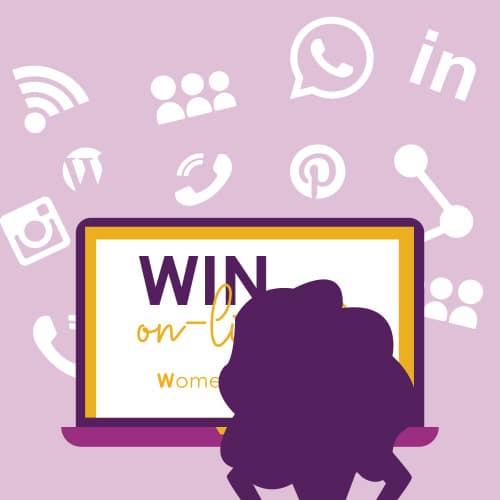
Digital gender gap
Using and knowing how to use digital technologies and the internet is of fundamental importance in contemporary society in many areas of life. However, during the pandemic, with the lockdowns and social distancing, the internet has become the exclusive tool for maintaining one’s habits and the network has become a pivotal place for work and study, as well as for relationships, information and entertainment.
Devices have become a real citizenship tool as well as having taken on great importance to continue communicating, working, learning, buying, relaxing. In 2020 we have seen substantial growth in the use of technologies, which has caused social and employment changes that could persist well beyond the end of the pandemic. But having technological means, an internet connection and the appropriate knowledge is not a given.
Access to digital resources is in fact a heterogeneous phenomenon, which consists of four factors:
- psychological (interests and attitudes towards technology)
- material (physical infrastructure)
- skills (knowledge and skills)
- use (time and opportunities)

Not having the proper tools or the high costs of these are less cited as causes that interfere with their use. At all ages, at all levels of education and in every country, women use the internet and technology less than men. Several studies have shown that men and women may have the same potential in using technological tools, but that the latter do not develop it in the same way. The reason for this has a cultural root, based on the fact that women are discouraged from using and becoming interested in technology.
With the social distance imposed by the pandemic, the lack of knowledge about technology can represent an important impediment, considering that, even if the internet can worsen mental health conditions, promote dangerous ideals and lifestyles, spread fake news, it has the power to simplify some daily activities and to bring personal and social innovation.
The network, today more than ever, is then crucial to stay up to date with what is happening in the world and to communicate thoughts and needs. The fact that women have less access, fewer skills and less interest in using the web and technology brings them significant disadvantages. Especially during the pandemic, giving women more opportunities to have access, knowledge and a willingness to use technology can incentivize the reduction of inequalities, as well as benefit people and communities.
Furthermore, a higher number of women with technological knowledge would have an impact on economic and social development. Encouraging women and excluded groups to know the potential of technology and to exploit them would therefore not only bring benefits to individuals, but also in a broader sense to the development of the country.
The WIN on-line project fits into this context, which, thanks to funding from the European Erasmus+ program, aims to create a training course on digitization for women over 40 with an entrepreneurial idea.
(Source: Ingenere and EIGE)



